Do you have a question about the Gardena 11000 SL automatic and is the answer not in the manual?
Describes primary applications for private use in drainage, liquid transfer, and garden maintenance.
Details acceptable liquids, including clean water, swimming pool water, and soapy water, with particle size limits.
Covers usage limitations, safety notes, and prohibited substances like corrosive or explosive materials.
Mandates use of residual-current devices (≤ 30 mA) for safe operation, especially near water bodies.
Specific Austrian regulations for pumps in swimming pools and garden ponds require an approved isolating transformer.
Swiss regulations require mobile outdoor appliances to be connected via a residual-current device.
Guidelines on mains power cable specifications, protection from heat, oil, and sharp edges.
Instructions to perform a pre-operation check for any damage to the pump or power cable.
Guidance for manual pump operation, including when to switch it off.
Details on setting the pump's rotating feet for flat suction and normal operation modes.
Explains the automatic thermal shut-off for overheating and its subsequent restart.
Describes the function of the valve that eliminates air pockets for proper pump operation.
Lists compatible hose diameters (13mm to 38mm) and the need for specific connection kits.
Details how to connect various hoses using the universal fitting and its components.
Specific instructions for preparing the universal fitting by cutting nipples for different hose sizes.
Step-by-step guide to connecting hoses to the universal fitting and securing them.
Instructions for adjusting pump feet for flat suction (1mm) and normal operation (5mm).
How to set the pump to AUTO mode using the integral float switch for automated pumping.
Procedure for rinsing the pump with clear water after pumping liquids that might leave residues.
Steps to clean the float switch assembly, including removing the cover.
Detailed process for removing and cleaning the suction base and impeller, with safety precautions.
Addresses issues like closed pressure lines, air locks, or clogged impellers causing no water delivery.
Covers causes like thermal overload, no power, or jammed parts leading to pump failure or stoppage.
Identifies dirt in the suction base or a clogged suction base as causes for reduced output.
Addresses issues like missing suction base cover or the pump not being upright.
Troubleshooting steps for float switch malfunctions in automatic mode.
Instructions on how to store the pump to protect it from frost damage.
Information on how to dispose of the device in accordance with local regulations.
Specifies the power consumption (in Watts) for each pump model.
Indicates the maximum volume of liquid the pump can deliver per hour.
Specifies the maximum vertical distance the pump can discharge liquid.
The minimum water level the pump can achieve during flat suction.
The water level at which the pump automatically starts.
The water level at which the pump automatically stops.
A graph illustrating the pump's performance curves based on flow rate and pressure.
Outlines the terms and conditions of the product warranty, including coverage and exclusions.
Details the manufacturer's liability concerning product use, repairs, and non-original parts.
States the pump's compliance with relevant EU directives and harmonised standards.
Describes primary applications for private use in drainage, liquid transfer, and garden maintenance.
Details acceptable liquids, including clean water, swimming pool water, and soapy water, with particle size limits.
Covers usage limitations, safety notes, and prohibited substances like corrosive or explosive materials.
Mandates use of residual-current devices (≤ 30 mA) for safe operation, especially near water bodies.
Specific Austrian regulations for pumps in swimming pools and garden ponds require an approved isolating transformer.
Swiss regulations require mobile outdoor appliances to be connected via a residual-current device.
Guidelines on mains power cable specifications, protection from heat, oil, and sharp edges.
Instructions to perform a pre-operation check for any damage to the pump or power cable.
Guidance for manual pump operation, including when to switch it off.
Details on setting the pump's rotating feet for flat suction and normal operation modes.
Explains the automatic thermal shut-off for overheating and its subsequent restart.
Describes the function of the valve that eliminates air pockets for proper pump operation.
Lists compatible hose diameters (13mm to 38mm) and the need for specific connection kits.
Details how to connect various hoses using the universal fitting and its components.
Specific instructions for preparing the universal fitting by cutting nipples for different hose sizes.
Step-by-step guide to connecting hoses to the universal fitting and securing them.
Instructions for adjusting pump feet for flat suction (1mm) and normal operation (5mm).
How to set the pump to AUTO mode using the integral float switch for automated pumping.
Procedure for rinsing the pump with clear water after pumping liquids that might leave residues.
Steps to clean the float switch assembly, including removing the cover.
Detailed process for removing and cleaning the suction base and impeller, with safety precautions.
Addresses issues like closed pressure lines, air locks, or clogged impellers causing no water delivery.
Covers causes like thermal overload, no power, or jammed parts leading to pump failure or stoppage.
Identifies dirt in the suction base or a clogged suction base as causes for reduced output.
Addresses issues like missing suction base cover or the pump not being upright.
Troubleshooting steps for float switch malfunctions in automatic mode.
Instructions on how to store the pump to protect it from frost damage.
Information on how to dispose of the device in accordance with local regulations.
Specifies the power consumption (in Watts) for each pump model.
Indicates the maximum volume of liquid the pump can deliver per hour.
Specifies the maximum vertical distance the pump can discharge liquid.
The minimum water level the pump can achieve during flat suction.
The water level at which the pump automatically starts.
The water level at which the pump automatically stops.
A graph illustrating the pump's performance curves based on flow rate and pressure.
Outlines the terms and conditions of the product warranty, including coverage and exclusions.
Details the manufacturer's liability concerning product use, repairs, and non-original parts.
States the pump's compliance with relevant EU directives and harmonised standards.
| Max. delivery capacity | 11000 l/h |
|---|---|
| Max. self-priming suction | 8 m |
| Rated power | 1100 W |
| Max. liquid temperature | 35 °C |
| Connection cable type | H07 RNF |
| Protection class | IPX8 |
| Power Consumption | 1100 W |
| Voltage | 230 V |
| Frequency | 50 Hz |
| Inlet/Outlet | G1 |
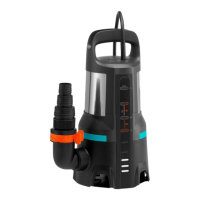
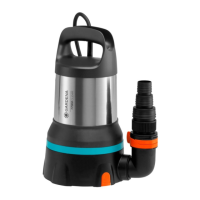
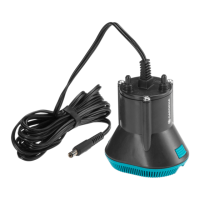
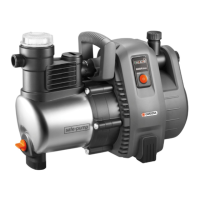
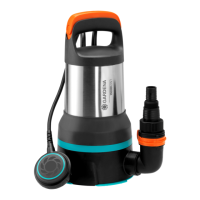
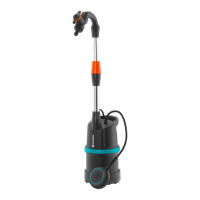
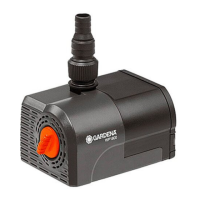
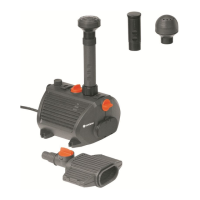
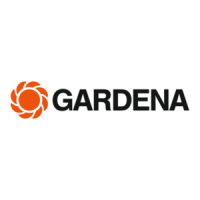

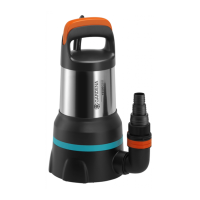
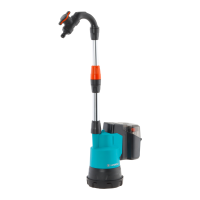
